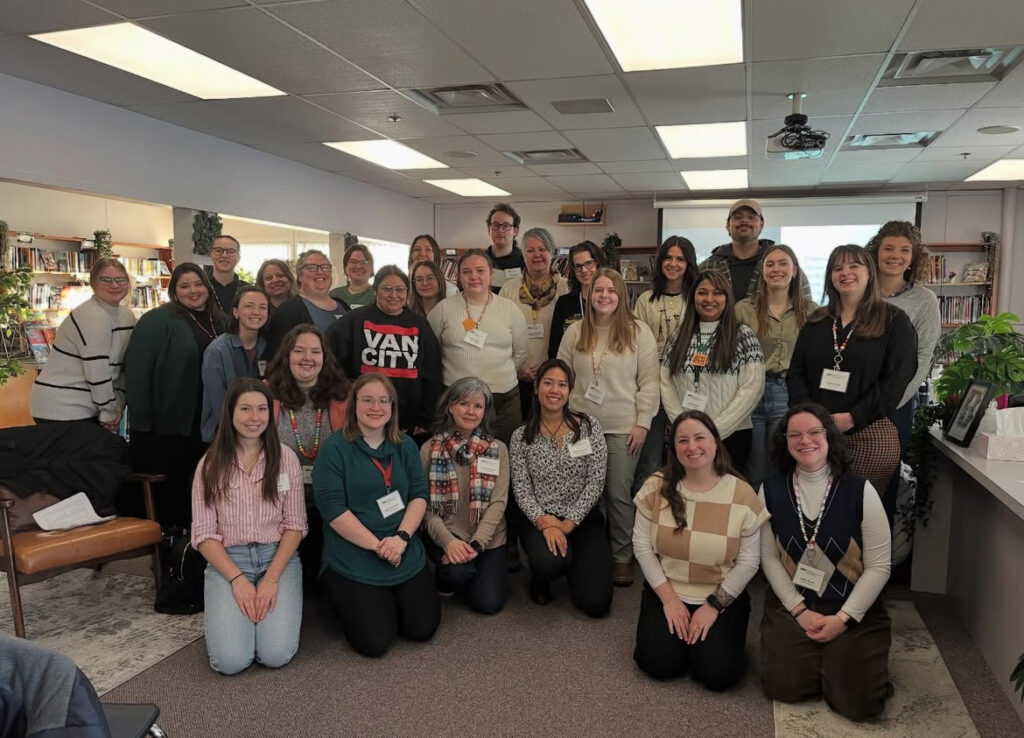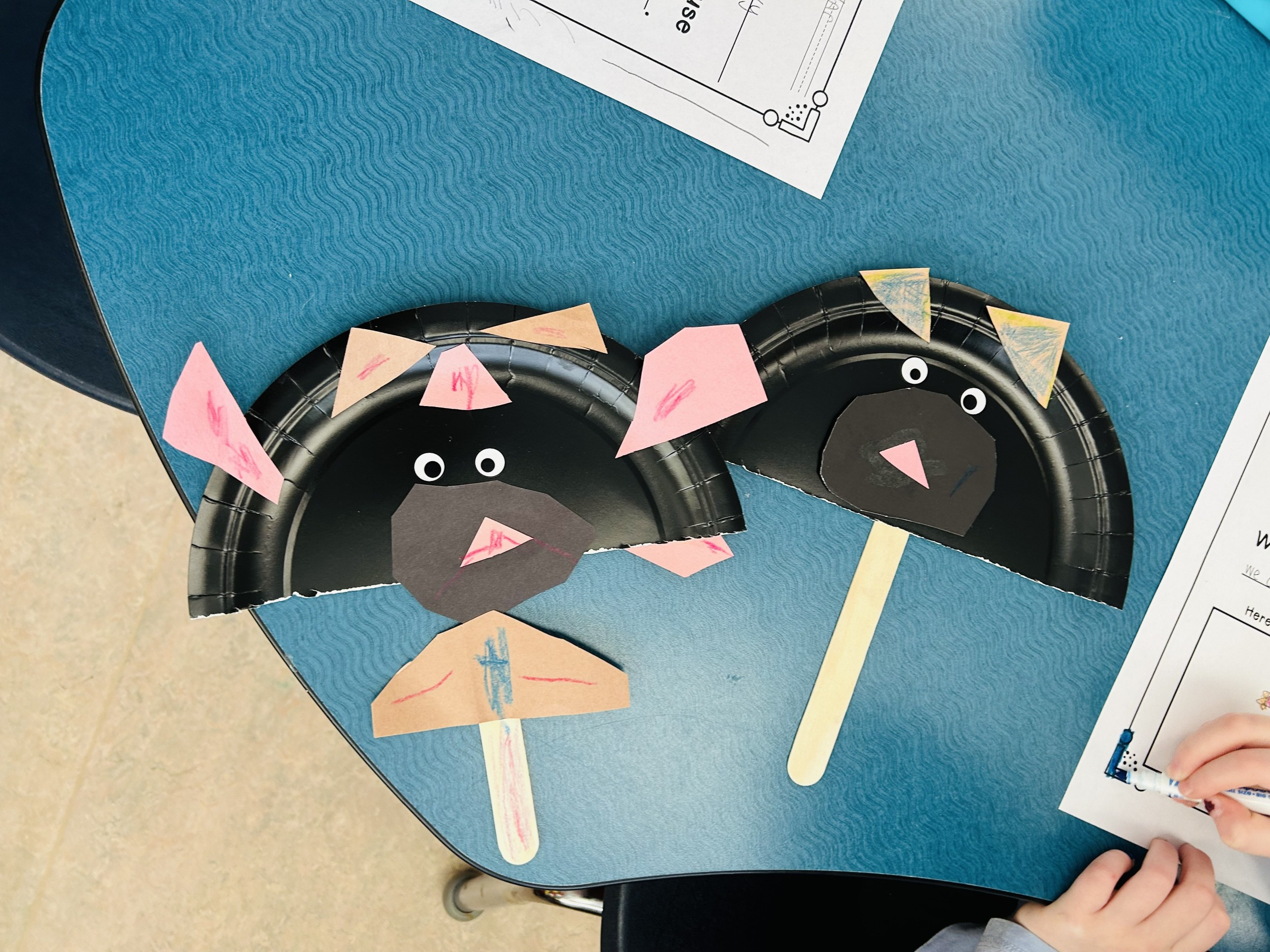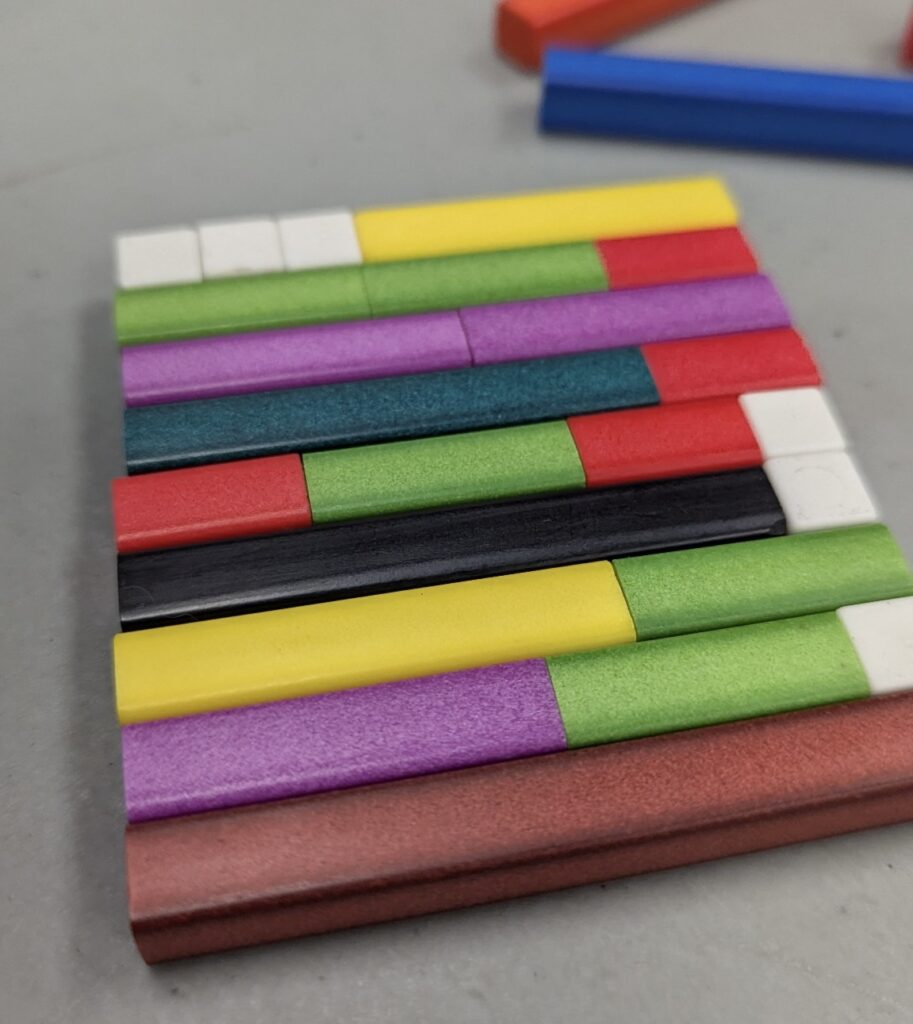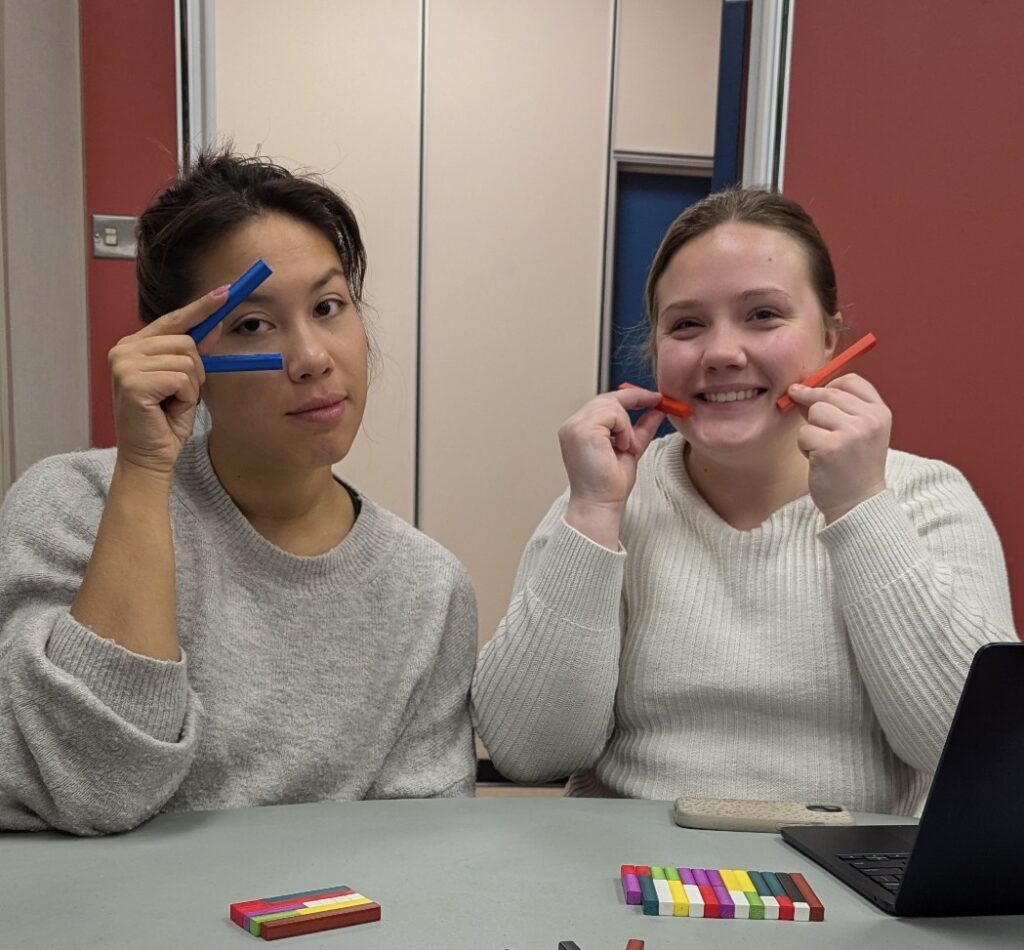Monthly Archives: February 2025
Harwin In-Situ

As a cohort, we were lucky to get to visit Harwin Elementary School 3 times over the course of a month to do in-situ teaching and learning. My partner Charlene and I were placed in the kindergarten class where we learned a lot about building connections, lesson planning, implementing lessons, and teaching a mini unit of progressions. Most importantly, we also practiced assessment and learned how we can motivate kids to participate and grow. Harwin taught me that motivation is important, and that kids will learn better if they are having fun or enjoying what they are learning. For this reason, Charlene and I adapted our lesson plans to suit the kids once we built connections and learned about what they like and dislike. From this experience it is evident that motivation can look different for every group of kids and teachers need to be flexible.
In terms of assessment, it was powerful to learn how to assess observationally and with a summative product. We practiced giving lessons, creating success criteria, adapting success criteria for the kids’ needs, and assessing the students. We also practiced giving verbal feedback to the kids, assessing using descriptive feedback, and using checklists. Overall, this experience has enforced the importance of assessment and motivation, but it has also eased a lot of my worries about what assessment entails. Assessment can look like many different things and can be targeted to specific students or criteria. Our group of kids was amazing because they also provided feedback to us! Listening to kids and adapting lessons based on what they need is extremely important.

Charlene and I were able to build connections with the students and create a safe atmosphere where they felt comfortable sharing with us and felt comfortable telling us how we could do better. The students were able to be themselves and reflect on their learning with us through simple questions like, “what do you like doing?” or “how can we make this more fun?” Because we were there for a short time, we were fully able to make our lessons fun and engaging. However, we also considered many different circumstances in our reflections of lessons that could make teaching another class different. For example, the attendance was low during the time we taught. Our lessons would look much different if we had more kids present. In the end, Harwin was an amazing experience that helped me have a deeper understanding of the assessment, motivation, and adaptation that occurs in the classroom.
Math Pro-D with Carole Fullerton

Today our cohort had the opportunity to attend three of Carole Fullerton’s Professional development sessions for primary, intermediate, and secondary. Experiencing math from Carole Fullerton’s perspective on numeracy is very interesting and empowering to new teachers entering the field. Carole discussed the resilience of students in her session, and highlighted that children are losing their resilience in math and numeracy. Some questions that Carole asked and answered are how can we make math fun? How can we make it easy to understand? How can we use manipulatives to help give students a visual for their learning?
Carole discussed that students should be feeling competent and able, and hopefully confident when doing math. It is upsetting as a teacher to see students feel unmotivated, or like they cannot accomplish something. By using manipulatives and teaching math in a way that students are engaged in their learning, teachers are showing students that they can do it, and students are realizing this. Math is challenging and involves a lot of critical thinking and problem solving, but teachers should be teaching resilience. It is okay for math to be challenging, and in fact it should be challenging, but students should have success in their learning, and this is my responsibility as a teacher.

We played with and used Cuisenaire manipulatives, which is something I will take forward in my practice. The rods are color coded, and you can change the values of them to practice fractions. However, you can also do very simple math with them by showing different ways to make 5, 10, or any number between 1-10. You can also use them for measurement. The short white rod, for example, is 1cm, in length, red is 2 cm, etc., so they can be used to physically measure an object. Tools like Cuisenaire rods are valuable assets to kids’ educations because they bring attention to number sense and give visuals for students to have a deeper understanding of what a number is and means.